This post was written by Cameron McMahon ’19 and is another valuable insight into the first days of our newest cohort as well as the ethic and mission of the program.
There is a tendency in many “green” and “sustainability” focused groups and conversations to view business as a dirty word. While this seems to be beginning to shift in positive ways it can still be difficult to find others who believe that it is possible to do good in the world while also making a profit. It takes a special sort of crazy to not only think about radically redefining capitalism, but to set about actually doing it.
 I chose to join The Sustainable Innovation MBA program for a variety of reasons but one was the desire to find others who share the drive and fire to put their shoulders into the work that desperately needs to be done in the world. It is an odd thing to have the idea for that and then meet people who exceed your expectations. The excitement of being around actual humans with impressive and diverse backgrounds, rather than just concepts that such people exist, has been a pleasant condensation of reality.
I chose to join The Sustainable Innovation MBA program for a variety of reasons but one was the desire to find others who share the drive and fire to put their shoulders into the work that desperately needs to be done in the world. It is an odd thing to have the idea for that and then meet people who exceed your expectations. The excitement of being around actual humans with impressive and diverse backgrounds, rather than just concepts that such people exist, has been a pleasant condensation of reality.
“After several years of trudging this path working toward achieving greater sustainability in meaningful ways it is a relief to be surrounded by others on the climb.”
The first week of orientation is over and the class schedule is beginning to resolve as we stretch creaky academic muscles and gear up for the marathon this year will be. I had a platoon sergeant in the Marine Corps who constantly drilled into our heads that, “You don’t matter, the person to your left and your right matter.” As we come to know each other and build teams this has been rattling around in my head. A quote in class yesterday which seemed to echo this sentiment for me was, “If you want to go fast, go alone. If you want to go far, go together.” After several years of trudging this path working toward achieving greater sustainability in meaningful ways it is a relief to be surrounded by others on the climb. Here’s to finding tribe.
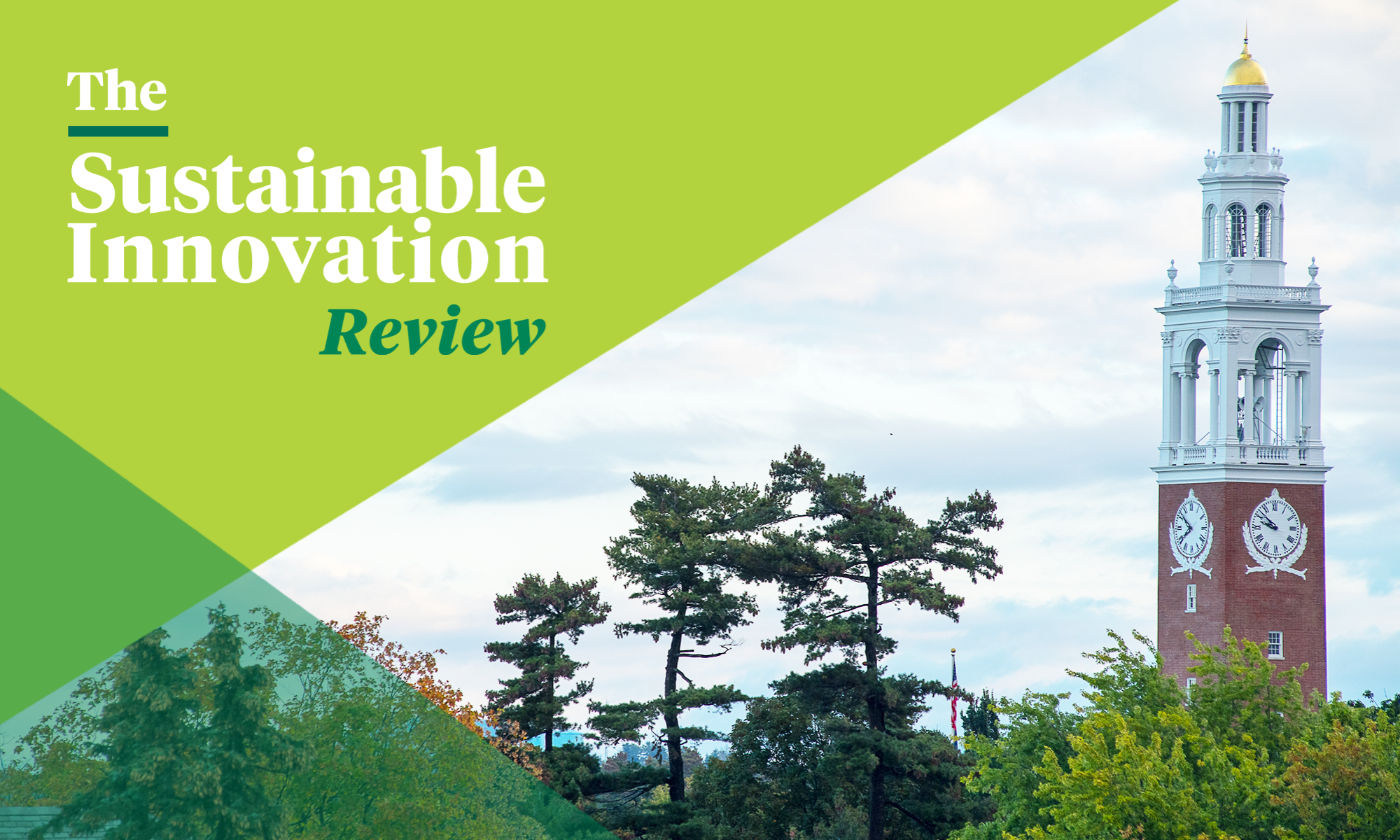
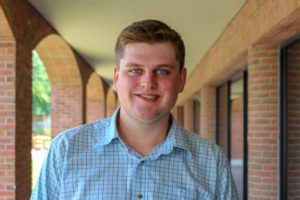 The truly daunting part of this experience is the slew of intangibles that you don’t prepare for: the people you might meet, the things you might say, or the unexpected things you might learn. I think I speak for much of my cohort when I say that the first steps into Kalkin 110 on Monday were some of the most exciting and terrifying steps of my life.
The truly daunting part of this experience is the slew of intangibles that you don’t prepare for: the people you might meet, the things you might say, or the unexpected things you might learn. I think I speak for much of my cohort when I say that the first steps into Kalkin 110 on Monday were some of the most exciting and terrifying steps of my life.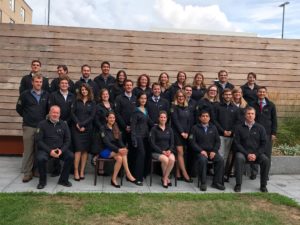 Last August, I packed up a van filled with my belonging and headed north, first on I-93 and then on I-89. I had come to Burlington to participate in a one-year, intensive MBA program. I had resisted graduate school and more formal education for a while, but something about this program spoke to me.
Last August, I packed up a van filled with my belonging and headed north, first on I-93 and then on I-89. I had come to Burlington to participate in a one-year, intensive MBA program. I had resisted graduate school and more formal education for a while, but something about this program spoke to me.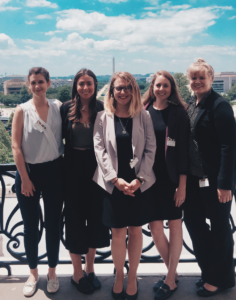 Over the course of three days, the students participated in numerous educational sessions, learning about CARE’s impact and outlining the policy and political goals for the year. This year’s theme, “Your Voice, A World of Change” lifts up and celebrates the advocates whose voices help CARE continue to be the leader in creating positive change for women and girls on the global stage. The conference kicked off with prominent figures and speakers in the foreign aid space including Sally Yates, former Acting Attorney General; Helene D. Gayle; Senator Amy Klobuchar (D-MN), and multiple CARE and CARE Action! Voices.
Over the course of three days, the students participated in numerous educational sessions, learning about CARE’s impact and outlining the policy and political goals for the year. This year’s theme, “Your Voice, A World of Change” lifts up and celebrates the advocates whose voices help CARE continue to be the leader in creating positive change for women and girls on the global stage. The conference kicked off with prominent figures and speakers in the foreign aid space including Sally Yates, former Acting Attorney General; Helene D. Gayle; Senator Amy Klobuchar (D-MN), and multiple CARE and CARE Action! Voices.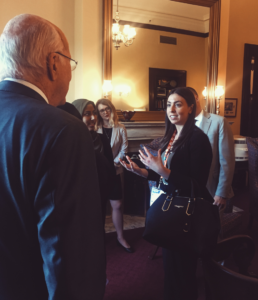 Prepared with discussion points for the advocacy day on Capitol Hill, The Sustainable Innovation MBA students set out to meet with the offices of Vermont’s Congressional delegation: Representative Peter Welch, Senator Bernie Sanders and Senator Patrick Leahy. In the meetings with the Congressional offices, the students advocated for co-sponsorship of the International Violence Against Women’s Act, a bipartisan bill to ensure that gender-based violence is a top U.S. foreign policy priority. This issue is an important priority because an estimated one in three women will face physical, mental or sexual abuse in their lifetimes. Violence against women has an immeasurable impact on women and girls, their families and their communities. IVAWA elevates the importance of these issues and places them at the center of U.S. foreign diplomacy.
Prepared with discussion points for the advocacy day on Capitol Hill, The Sustainable Innovation MBA students set out to meet with the offices of Vermont’s Congressional delegation: Representative Peter Welch, Senator Bernie Sanders and Senator Patrick Leahy. In the meetings with the Congressional offices, the students advocated for co-sponsorship of the International Violence Against Women’s Act, a bipartisan bill to ensure that gender-based violence is a top U.S. foreign policy priority. This issue is an important priority because an estimated one in three women will face physical, mental or sexual abuse in their lifetimes. Violence against women has an immeasurable impact on women and girls, their families and their communities. IVAWA elevates the importance of these issues and places them at the center of U.S. foreign diplomacy.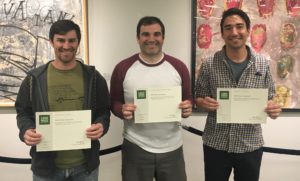 Today, the importance of LEED is underestimated, and the students believe that it will soon become the norm, becoming part of all building codes. The built environment accounts for more than a third of our total energy usage, as well as an immense amount of fresh water. And buildings take up a lot of space, disrupting natural drainage systems and increasing the urban heat island affect. Leadership in Energy and Environmental Design (LEED) is a certification system made to create greener buildings and more livable urban environments. It is estimated that people will spend up to 90% of their time indoors, so it makes sense to prioritize both healthier and more environmentally friendly buildings.
Today, the importance of LEED is underestimated, and the students believe that it will soon become the norm, becoming part of all building codes. The built environment accounts for more than a third of our total energy usage, as well as an immense amount of fresh water. And buildings take up a lot of space, disrupting natural drainage systems and increasing the urban heat island affect. Leadership in Energy and Environmental Design (LEED) is a certification system made to create greener buildings and more livable urban environments. It is estimated that people will spend up to 90% of their time indoors, so it makes sense to prioritize both healthier and more environmentally friendly buildings.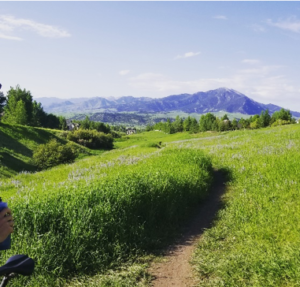 Since moving to the little city of Bozeman, Montana last fall, my increased focus on rock climbing, mountain biking (photo, left), canoeing and backpacking has brought me closer to the outdoor recreation community, a community that is at the heart of this place and many others like it. That said, I’ve felt strangely further away from my conservation roots. I devoured the article, nodding, admittedly a bit self-righteously, through all 3,000 words. Yes, yes! This is what I have been saying. Outdoor recreation does not solely predict one’s environmental attitudes! While the outdoor recreation industry is willing to make increasingly political statements about protecting our wild places, they’re yet to show they are willing to pay for that protection! And my sustainable business training rushed back: we don’t need to settle for trade-offs! Businesses can do well by doing good.
Since moving to the little city of Bozeman, Montana last fall, my increased focus on rock climbing, mountain biking (photo, left), canoeing and backpacking has brought me closer to the outdoor recreation community, a community that is at the heart of this place and many others like it. That said, I’ve felt strangely further away from my conservation roots. I devoured the article, nodding, admittedly a bit self-righteously, through all 3,000 words. Yes, yes! This is what I have been saying. Outdoor recreation does not solely predict one’s environmental attitudes! While the outdoor recreation industry is willing to make increasingly political statements about protecting our wild places, they’re yet to show they are willing to pay for that protection! And my sustainable business training rushed back: we don’t need to settle for trade-offs! Businesses can do well by doing good.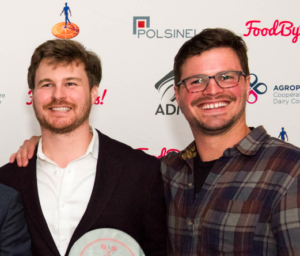 Sap! was co-founded by The Sustainable Innovation MBA alumnus Chas Smith ’15 (left, in photo) and has been on a hot-streak in 2018,
Sap! was co-founded by The Sustainable Innovation MBA alumnus Chas Smith ’15 (left, in photo) and has been on a hot-streak in 2018, 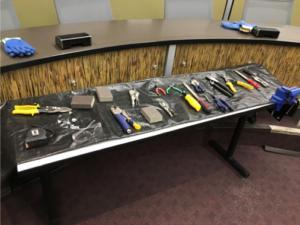 Against the auditorium style seating a table was set up and laid out with what could be confused as the tools from
Against the auditorium style seating a table was set up and laid out with what could be confused as the tools from  In 2 years, all new homes built in the state will be mandated to either have solar panels installed or be hooked up to shared solar panels that power a grouping of the new homes. New home buyers will have the option to purchase the panels outright where they are included in the price of the home or can be leased. The increasing amount of solar energy to be included in the energy mix is sure to help achieve the state’s aforementioned energy goals, but the requirement for new home owners to purchase rooftop solar has the potential to surface unintended consequences.
In 2 years, all new homes built in the state will be mandated to either have solar panels installed or be hooked up to shared solar panels that power a grouping of the new homes. New home buyers will have the option to purchase the panels outright where they are included in the price of the home or can be leased. The increasing amount of solar energy to be included in the energy mix is sure to help achieve the state’s aforementioned energy goals, but the requirement for new home owners to purchase rooftop solar has the potential to surface unintended consequences.
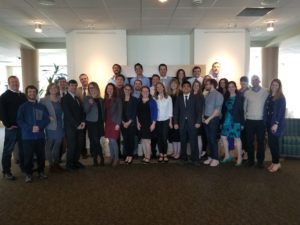 Students pitched scoping for projects at companies such as Keurig Green Mountain, Griffith Foods, Essilor, Seventh Generation, and Caterpillar.
Students pitched scoping for projects at companies such as Keurig Green Mountain, Griffith Foods, Essilor, Seventh Generation, and Caterpillar.